-
 bitcoin
bitcoin $112195.049338 USD
2.42% -
 ethereum
ethereum $4124.915858 USD
2.81% -
 tether
tether $1.000570 USD
0.02% -
 xrp
xrp $2.861568 USD
2.25% -
 bnb
bnb $1000.346670 USD
3.04% -
 solana
solana $209.070819 USD
3.38% -
 usd-coin
usd-coin $0.999870 USD
0.02% -
 dogecoin
dogecoin $0.235379 USD
2.65% -
 tron
tron $0.335681 USD
-0.20% -
 cardano
cardano $0.803501 USD
3.38% -
 hyperliquid
hyperliquid $47.120881 USD
3.56% -
 chainlink
chainlink $21.501300 USD
3.44% -
 ethena-usde
ethena-usde $1.000571 USD
0.02% -
 avalanche
avalanche $29.793378 USD
3.62% -
 stellar
stellar $0.366964 USD
2.42%
What Is Hyperinflation?
Hyperinflation, characterized by uncontrolled price increases exceeding 50% per month, erodes currency value, fostering economic uncertainty and potentially triggering social unrest.
Nov 06, 2024 at 04:14 pm
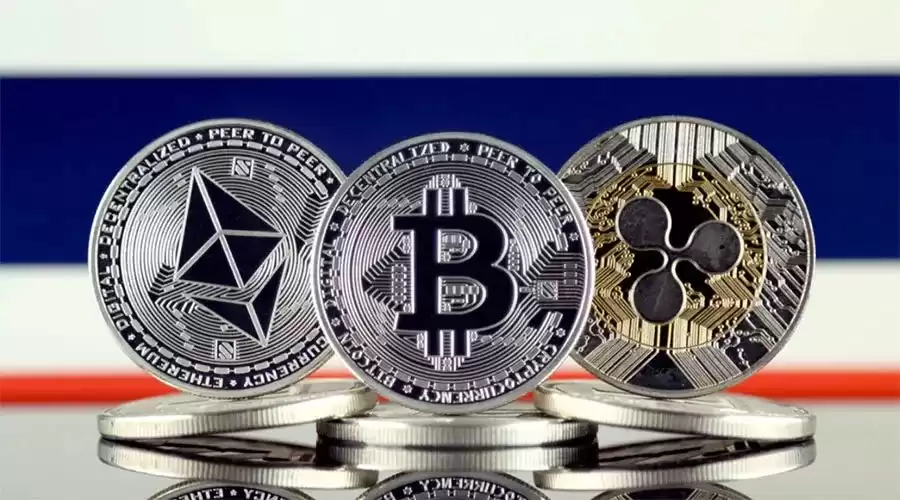
Hyperinflation is a state of extremely rapid and uncontrolled price increases, typically defined as an inflation rate exceeding 50% per month. It occurs when the rate of price increases becomes so high that the value of a country's currency rapidly decreases, leading to economic instability and a loss of confidence in the monetary system.
Understanding HyperinflationUnderstanding hyperinflation requires an analysis of its causes, consequences, and potential remedies.
Causes of Hyperinflation- Excessive Money Supply Growth: The primary cause of hyperinflation is a significant and sustained increase in the money supply without a corresponding increase in the production of goods and services. This can be due to government overspending, central bank money printing, or other factors that expand the monetary supply faster than the economy can absorb.
- Demand-Pull Inflation: Demand-pull inflation occurs when there is a surge in demand for goods and services, causing prices to rise as suppliers struggle to meet the increased demand. This can result from factors such as rapid economic growth, increased consumer spending, or supply chain disruptions.
- Cost-Push Inflation: Cost-push inflation occurs when the costs of production increase, leading businesses to pass on the higher costs to consumers in the form of higher prices. This can be caused by factors such as rising labor costs, commodity prices, or interest rates.
- Erosion of Currency Value: Hyperinflation leads to a rapid decrease in the value of the currency, making it less valuable and less desirable for holding. This can result in a loss of purchasing power, undermining economic stability and making it difficult to conduct business.
- Economic Uncertainty: Hyperinflation creates a state of economic uncertainty, where businesses and individuals are reluctant to invest or make long-term plans due to the fear of losing money. This can lead to a reduction in economic activity and a decline in investment.
- Social Unrest: Hyperinflation can lead to social unrest and protests as people become frustrated with the rising cost of living and the loss of their hard-earned savings. This can create a breakdown in social order and political instability.
- Monetary Policy Tightening: The primary response to hyperinflation is monetary policy tightening, which involves raising interest rates and reducing the money supply. This can help curb demand and slow down the rate of price increases.
- Fiscal Policy Measures: Fiscal policy measures, such as reducing government spending and raising taxes, can help balance the budget and reduce inflationary pressures. This can be achieved by reducing the government's demand for goods and services, thereby easing pressure on the supply side.
- Structural Reforms: In some cases, hyperinflation can be addressed by implementing structural reforms that aim to increase production, reduce government inefficiencies, and improve the efficiency of the economy. This can include measures to improve infrastructure, promote investment, and reduce corruption.
- Dollarization: One extreme measure to address hyperinflation is dollarization, where a country adopts a foreign currency as its own. This removes the domestic currency from circulation and eliminates the risk of further hyperinflation but may also lead to a loss of monetary independence.
Disclaimer:info@kdj.com
The information provided is not trading advice. kdj.com does not assume any responsibility for any investments made based on the information provided in this article. Cryptocurrencies are highly volatile and it is highly recommended that you invest with caution after thorough research!
If you believe that the content used on this website infringes your copyright, please contact us immediately (info@kdj.com) and we will delete it promptly.
- Creator Economy Revolution: Video Streaming, AI Algorithms, and the Tokenization Tsunami
- 2025-09-29 10:25:16
- Bitcoin, Ethereum, and Q4 Predictions: What's the Buzz?
- 2025-09-29 10:25:16
- Token Unlocks, DeFi, and Tokenomics: Navigating the Crypto Landscape
- 2025-09-29 10:45:13
- Crypto Bull Wipeout? Dollar Strength Steals the Show!
- 2025-09-29 10:30:01
- AlphaTON, TON, and Meme Tokens: What's the Haps?
- 2025-09-29 10:45:13
- Kanye West, YZY, and Tickets: A Wild Ride in the Crypto and Concert World
- 2025-09-29 10:30:01
Related knowledge
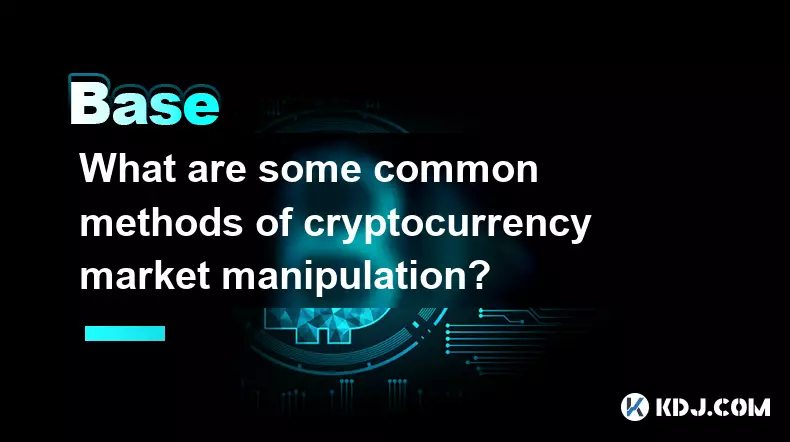
What are some common methods of cryptocurrency market manipulation?
Sep 27,2025 at 02:55am
Wash Trading and Its Impact on Market Perception1. Wash trading involves an individual or entity simultaneously buying and selling the same cryptocurr...
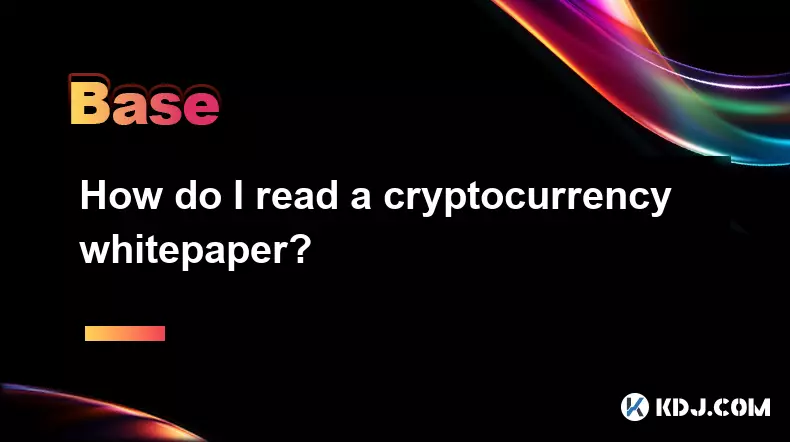
How do I read a cryptocurrency whitepaper?
Sep 27,2025 at 05:54am
Understanding the Structure of a Cryptocurrency Whitepaper1. Begin by identifying the executive summary, which outlines the project’s core vision and ...
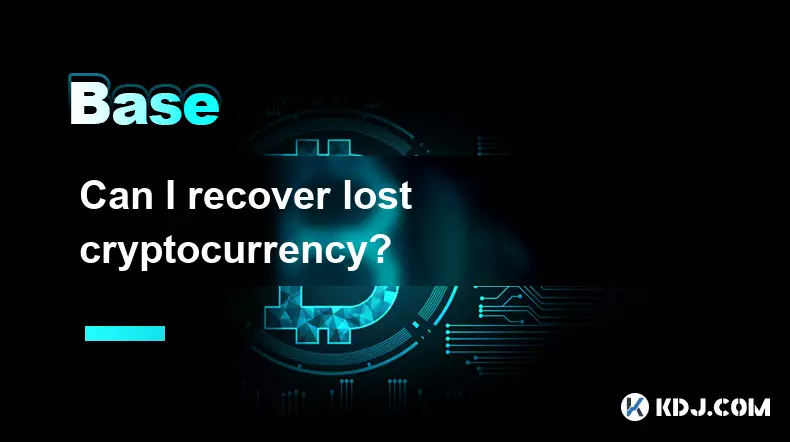
Can I recover lost cryptocurrency?
Sep 25,2025 at 08:18am
Understanding the Nature of Cryptocurrency Loss1. Cryptocurrency operates on decentralized networks, meaning there is no central authority to reverse ...
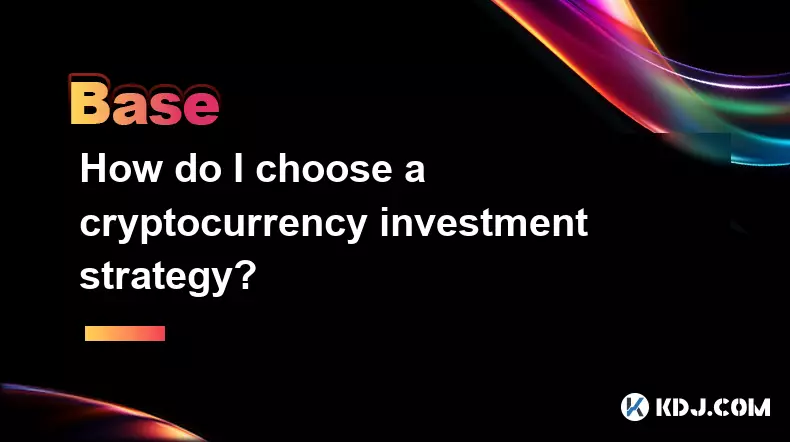
How do I choose a cryptocurrency investment strategy?
Sep 27,2025 at 03:55pm
Understanding Risk Tolerance in Crypto Investing1. Assessing personal risk tolerance is a foundational step when entering the cryptocurrency market. V...
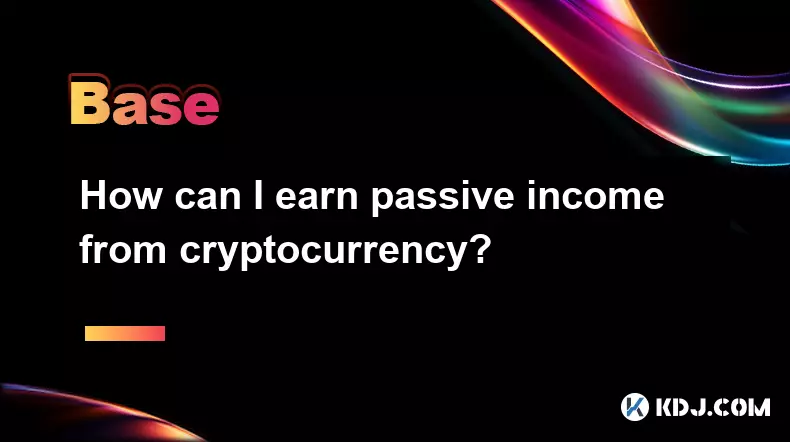
How can I earn passive income from cryptocurrency?
Sep 23,2025 at 10:18am
Staking Cryptocurrencies for Regular Returns1. Many blockchain networks operate on a proof-of-stake (PoS) consensus mechanism, allowing users to earn ...
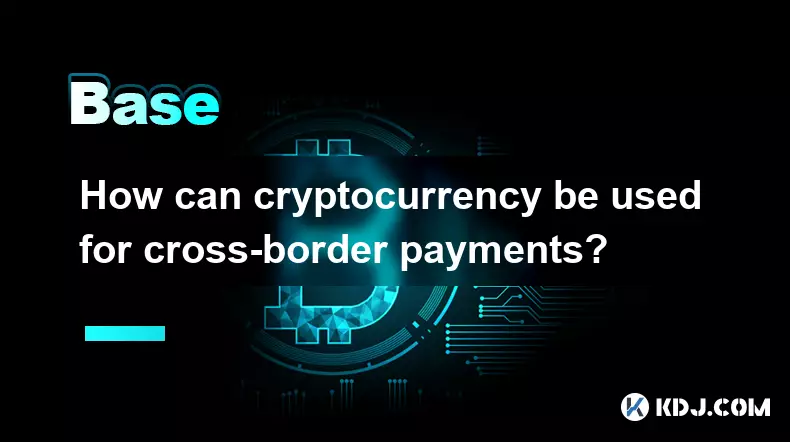
How can cryptocurrency be used for cross-border payments?
Sep 28,2025 at 01:36am
Efficiency in International Transactions1. Cryptocurrency enables near-instant settlement across borders without relying on traditional banking interm...

What are some common methods of cryptocurrency market manipulation?
Sep 27,2025 at 02:55am
Wash Trading and Its Impact on Market Perception1. Wash trading involves an individual or entity simultaneously buying and selling the same cryptocurr...

How do I read a cryptocurrency whitepaper?
Sep 27,2025 at 05:54am
Understanding the Structure of a Cryptocurrency Whitepaper1. Begin by identifying the executive summary, which outlines the project’s core vision and ...

Can I recover lost cryptocurrency?
Sep 25,2025 at 08:18am
Understanding the Nature of Cryptocurrency Loss1. Cryptocurrency operates on decentralized networks, meaning there is no central authority to reverse ...

How do I choose a cryptocurrency investment strategy?
Sep 27,2025 at 03:55pm
Understanding Risk Tolerance in Crypto Investing1. Assessing personal risk tolerance is a foundational step when entering the cryptocurrency market. V...

How can I earn passive income from cryptocurrency?
Sep 23,2025 at 10:18am
Staking Cryptocurrencies for Regular Returns1. Many blockchain networks operate on a proof-of-stake (PoS) consensus mechanism, allowing users to earn ...

How can cryptocurrency be used for cross-border payments?
Sep 28,2025 at 01:36am
Efficiency in International Transactions1. Cryptocurrency enables near-instant settlement across borders without relying on traditional banking interm...
See all articles










































































